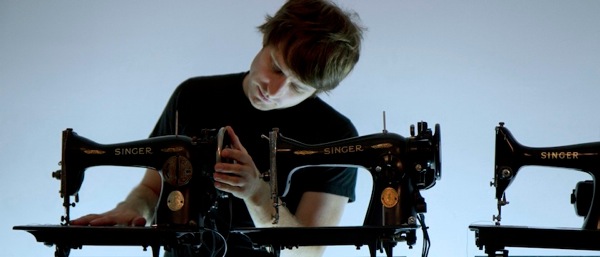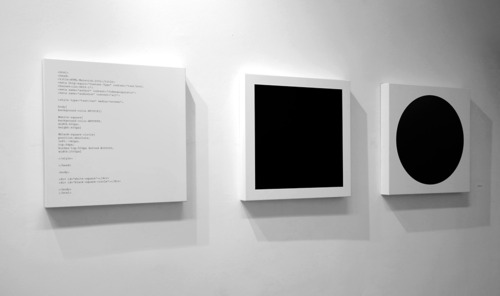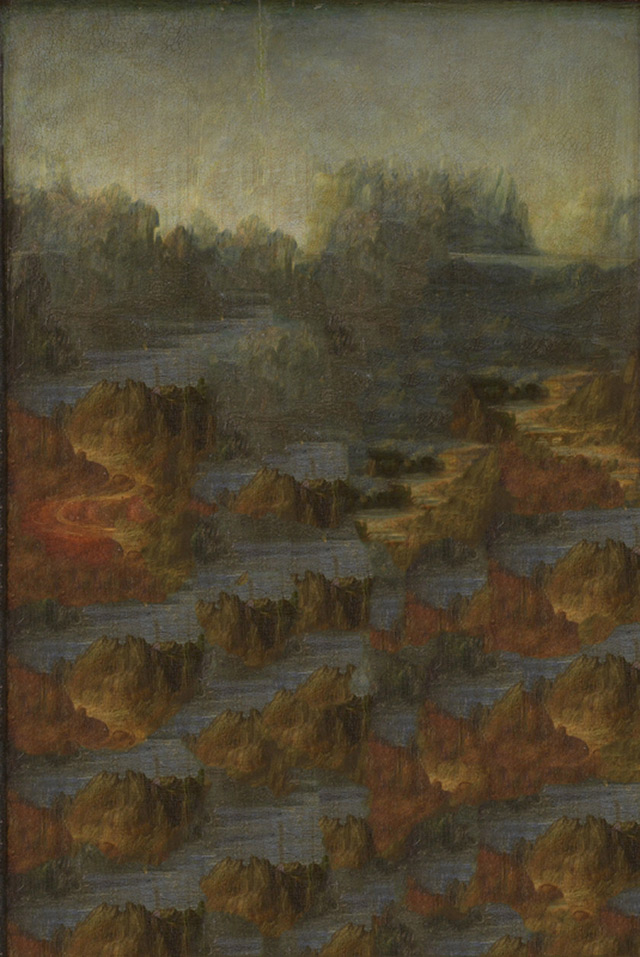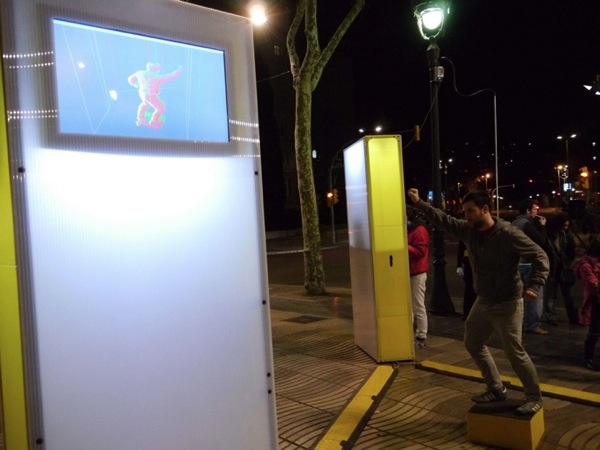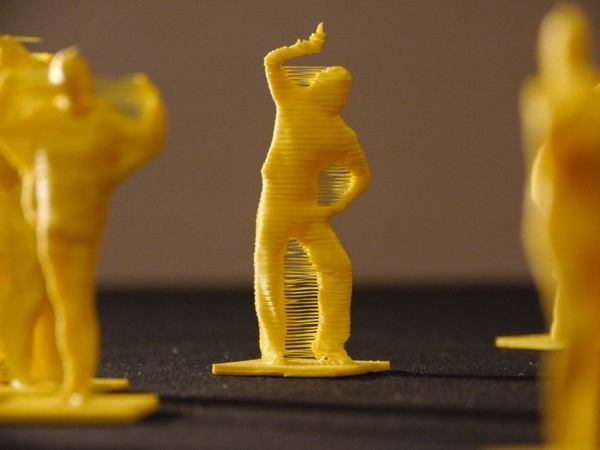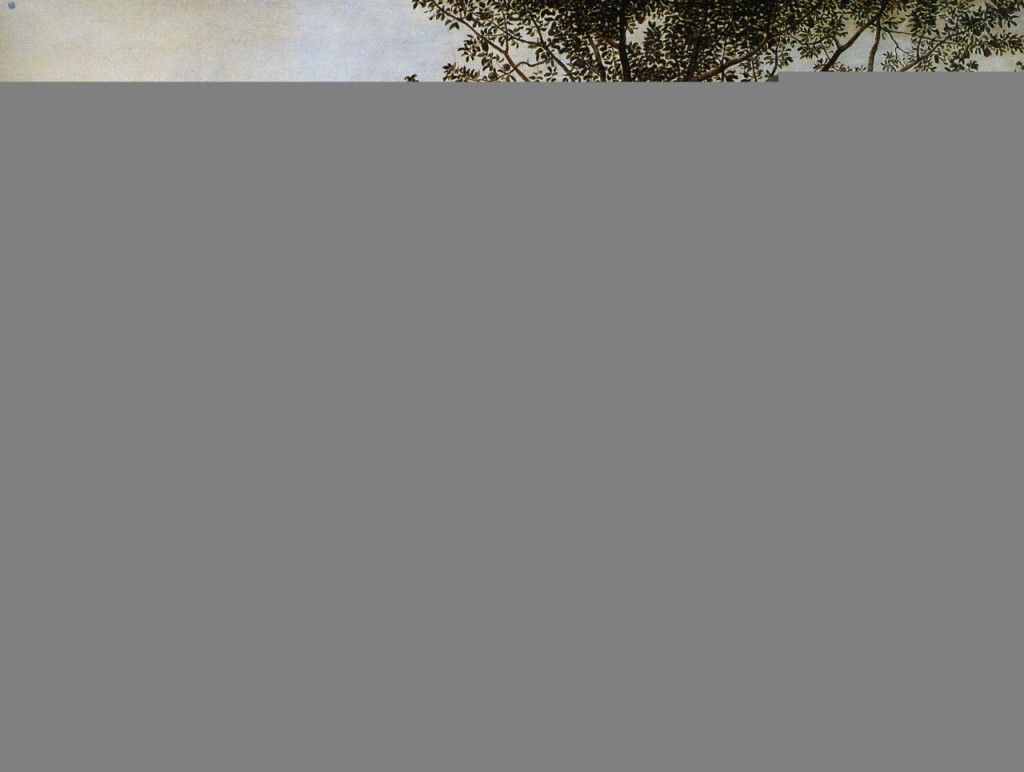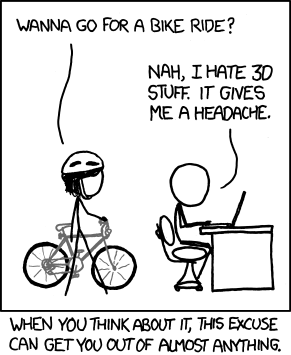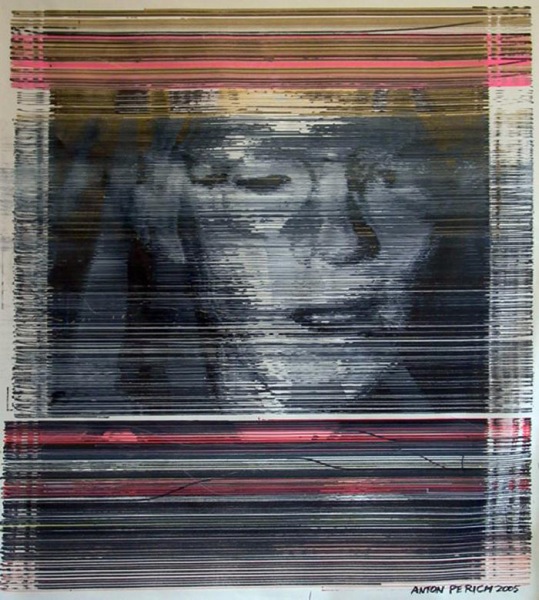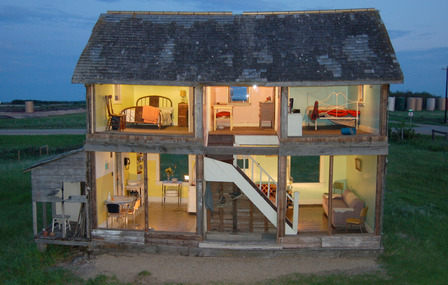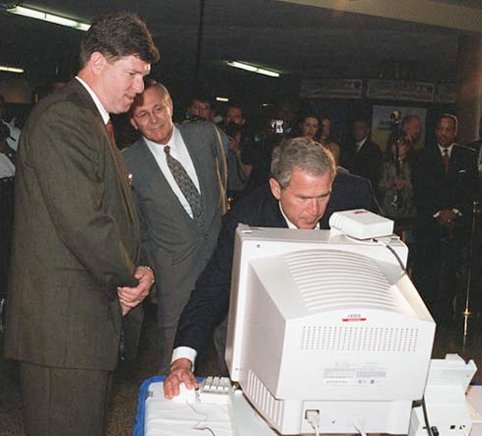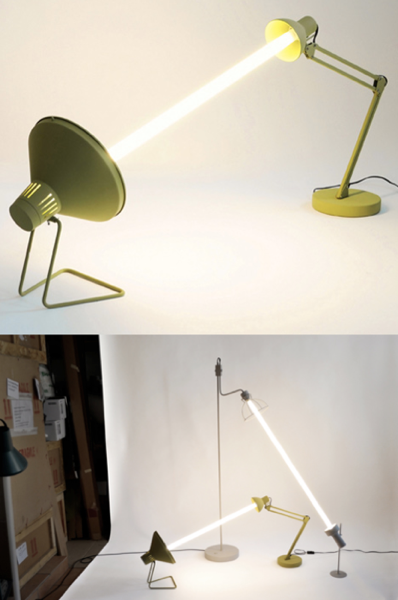
“From cars to CDs, houses to handbags, people are no longer aspiring to own. Belongings which used to be the standard by which to measure personal success, status, and security are increasingly being borrowed, traded, swapped, or simply left on the shelf. Various factors – arguably the most important being an increasingly connected and digitally networked society, regardless of economic development – are causing revolutionary global shifts in behavior. As quickly as a new laptop becomes yesterday’s technology in a brittle plastic shell, or a power tool idly collects dust in the garage, it seems that material possessions are changing from treasure into junk, from security into liability, from freedom into burden, and from personal to communal.”
read more here…
